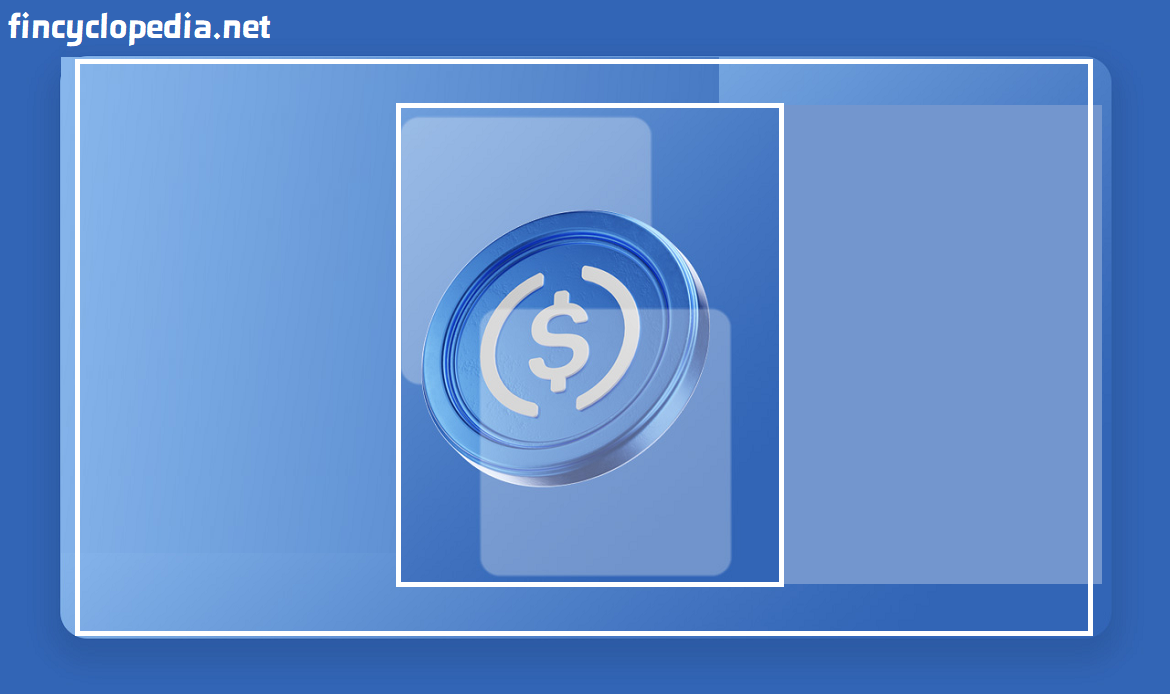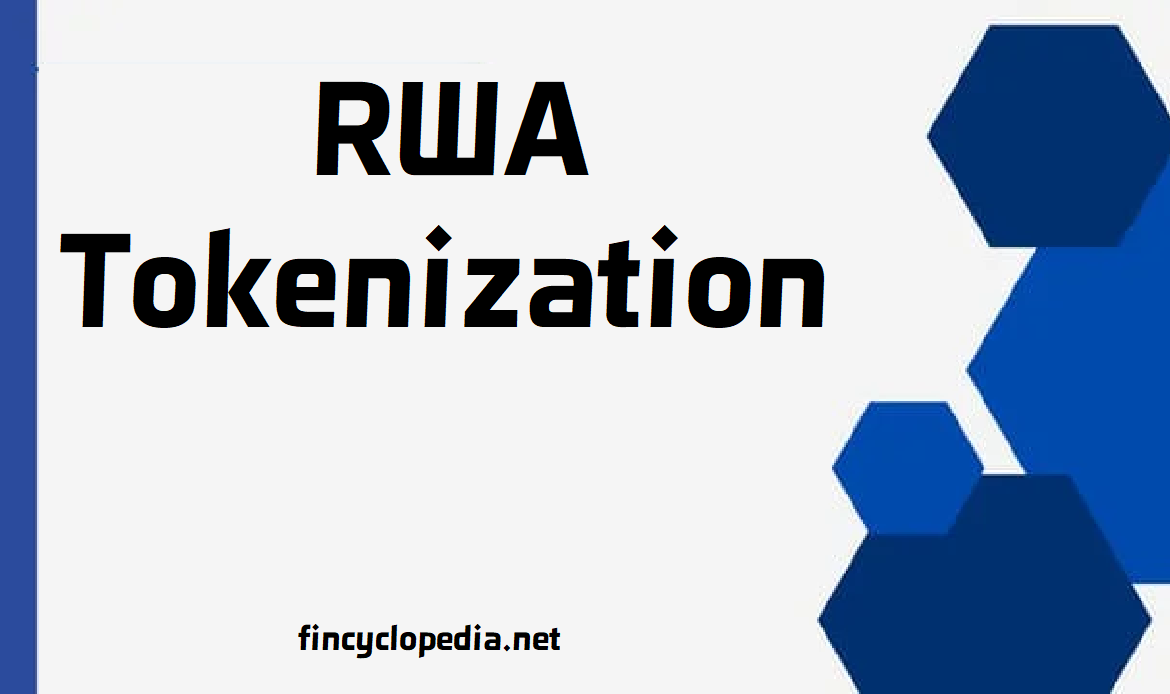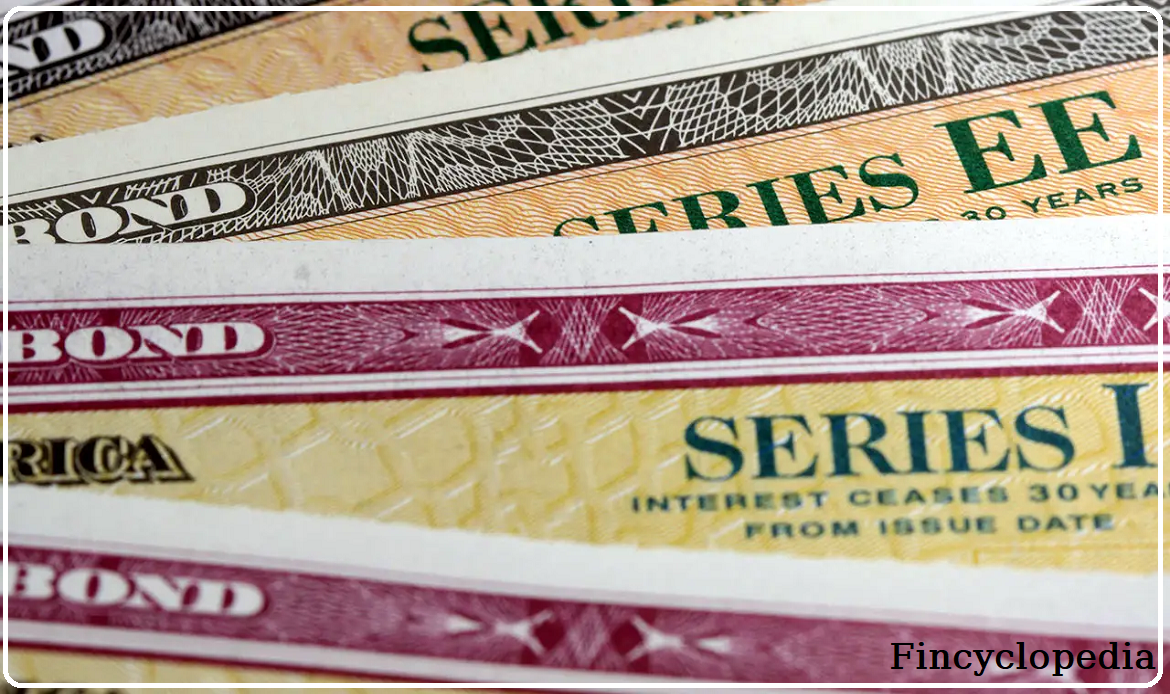
Concept
A tokenized real world asset (tokenized RWA) is a real world asset (RWA) that has an on-chain representation (by means of tokenization) in the form of tokens. The tokens are created and issued on a network in various forms, such as ERC-20 tokens, ERC-721 (the NFT standard). Tokenization of real-world assets enables holders of such assets to have them in a digital format and trade them on decentralized platforms. This technique bridges the gap between the traditional financial system and the expanding world of decentralized finance (DeFi) platforms, a mixture that provides increased liquidity, transparency, and accessibility (for more, see: benefits of tokenized real world assets). The tokenized assets have significant value and can be used as a form of collateral or investment in both traditional financial markets and the newly emerging blockchain-based markets. Backed by traditional assets, real-world assets can form sustainable and reliable digital asset classes that capitalizes on decentralized finance as a direct competitor to traditional finance. Moreover, real-world assets are recognized and valued in the real-world economy, and their integration into blockchain networks opens up new avenues for value creation in areas such as finance, investment and trading.
Real world assets
A real world asset (RWA) is a type of traditional financial assets and certain types of real assets or those digitally tokenized on the blockchain. Real-world assets can be used particularly in finance and other blockchain-based activities. These assets represent physical or tangible assets including those that hold value in the traditional economy, such as real estate, currencies, commodities (e.g., gold, oil, and agricultural products), or financial assets like stocks, bonds, and business equity (fund shares). Such assets are usually represented in the form of a digital asset (digital token) and cryptoasset (cryptocurrency or cryptocurrency token) that exist as a fungible token or non-fungible token.
Tokenized real world assets: example
The most common form of tokenized real world assets is stablecoins. A stablecoin is a cryptocurrency (or a digital token) that derives its value from real-world assets (RWAs), such as commodities, precious metals, real estate, or other tangible assets, intangible assets or financial assets. It is a digital asset whose value is pegged to a reference asset, which is either fiat currency, exchange-traded commodities (such as precious metals or industrial metals), or another cryptocurrency. Stablecoins (also, asset-backed cryptocurrencies) are created by establishing a sort of link between the value of the digital token to the underlying asset using blockchain technology. The value of this asset-backed token (ABT) or backed crypto asset is referenced to the performance and market value of the asset it represents.
Circle, the entity that emits US dollar digital currency (USDC), represent tokenizing dollars. The dollars are held in a bank account and for the amount held, one USDC is issued for each dollar. The holder can redeem 1 USDC for 1 dollar, while the price is maintained around 1 dollar (hence the term “stablecoin”). In other worlds, every USDC on-chain is linked to a dollar in the real world. Hence, tokenization is literally the process of establishing a link between on-chain and the real world.






